Dr. Vogt offers up his assessment to Wilsonville Rotarians after years of research

Almost every Thursday, the Rotary Club attracts compelling speakers from different industries, with unique perspectives, and often for a great cause. Recently the Club welcomed a doctor who has spent many years assessing the healthcare system in the U.S. In Dr. Tom Vogt’s estimation, the current problem with the American health care system has nothing to do with political alignments. After all, the subject has been debated in Washington D.C. for over 30 years. The quality of health care in the U.S. is stellar. Delivery of care is the problem.
The United States is the only developed nation in the world that does not provide universal health care for its citizens. Although we spend more than any other developed nation as a percentage of our GDP, we have the lowest life expectancy and the highest infant mortality among the developed nations. According to the CIA World Fact Book, the U.S. ranks 19th in life expectancy while Japan ranks 1st. In 1960, health care was 5% of U.S. GDP; by 2010 it was 17.5% of GDP. In the coming decades health care cost in the U.S. is expected to exceed GDP; an untenable and unstainable situation.
Why? Dr. Vogt pointed a finger at a system overwhelmed by bureaucracy. The U.S. healthcare system has over 1,000 payers and thousands of insurers. In contrast, most nations—developed and developing—have between one and five payers. Canada and Taiwan are the only two countries with single payer systems. The other developed countries provide a basic level of health care plus a number of insurance exchanges where consumers can buy additional coverage.
The U.S. is the only government that, by law, cannot negotiate drug prices, thus we pay three to five times what consumers in other countries pay for drugs. Thanks to NIH grants, our taxes already pay for about 75% of drug research and development costs. The U.S. is one of only two countries (New Zealand is the other) that allow drug advertising to general consumers. Medical costs are hidden; a healthcare consumer in the U.S. is hard pressed to ascertain the costs of procedures, surgeries, and hospital stays in advance of getting care. There is no free market system or shared risk in the U.S. healthcare system. As a result, $1.8 million people lost the ability to obtain healthcare in 2016.
How can we fix our expensive and broken system? In the 1980’s, Taiwan faced a similar crisis in its healthcare system. The government spent several years looking at healthcare systems in other countries. They took five years to plan a new system and five additional years to gradually implement the system. As a result, their healthcare costs went down and consumer satisfaction went up. It is estimated that the U.S. could save between $1 Trillion and $2.4 Trillion by adopting any one of the top 18 health care systems in the developed world.
Dr. Tom Vogt is an epidemiologist who studied at UCLA and OHSU. He has worked for the Kaiser Center for Health Research and the University of HI and is now retired. Dr. Vogt is the author of three books. He spoke at the Wilsonville Rotary Club meeting on September 27, 2018.
